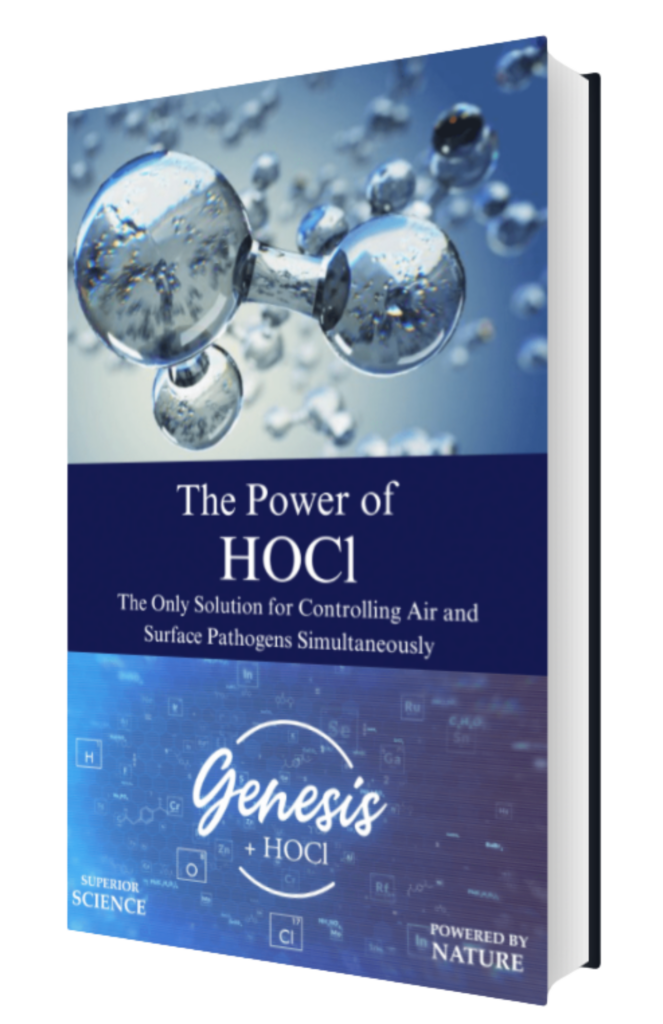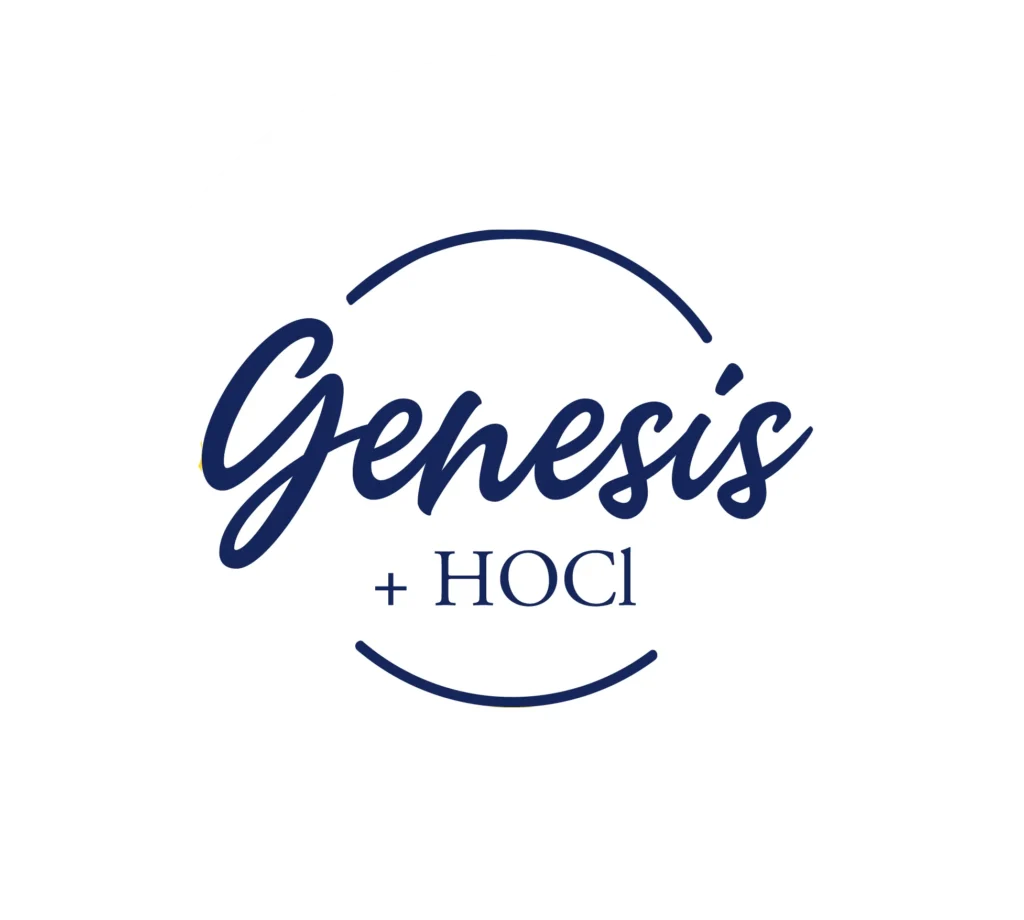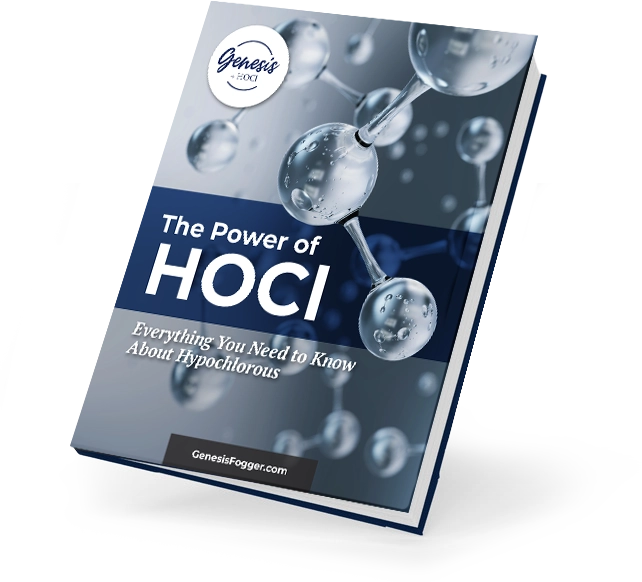Recent NIH studies indicates that hypochlorous can be used with a high degree of predictability for disinfecting against COVID-19 and HOCl atomizing is the decontamination technique that best suits the needs of the dental clinic, with its ability to disinfect large areas by producing small, aerosolized particles to control noroviruses.
An NIH study states: HOCl atomizing is the decontamination technique that best suits the needs of the dental clinic, with its ability to produce small, aerosolized particles. Dentists should consider the use of HOCl and no-touch decontamination technologies [ultra-small particle size atomizers] to improve disinfection of surfaces in dental clinics.
A second NIH study has shown that HOCl atomizing was able to decontaminate environmental surfaces carrying antibiotic resistant Staphylococcus aureus (methicillin resistant).
HOCl at concentrations ranging from 20 to 200 ppm, representing the likely chlorine concentration range achieved during fogging, always gave at least 3 log10 reductions of tested viruses both by viral infectivity and RNA assays. These findings indicate that HOCl applied as either a liquid or a fog at 20 to 200 ppm of available free chlorine (AFC) was effective to decontaminate the inert environmental surfaces tested when they carried noroviruses (NVs) and other viruses.
We conclude that diluted solutions of HOCl, containing as little as 20 to 200 mg/liter free chorine, are effective for disinfection of surfaces contaminated with NVs. Furthermore, we conclude that the use of HOCl atomizing is likely to be effective in disinfecting large areas to control NV presence and thereby prevent the spread as well as the recurrence of human NV infection from environmental surface exposures.
The above linked NIH studies evaluated atomizing at the exact particle size range that the Genesis 2.6 Atomizer produces (range of generated droplets evaluated was between 20 and 50 μm).
This study specifies that no-touch methods, such as HOCl atomizing, augment standard manual cleaning and disinfecting protocol.
A fourth NIH study found topical stabilized HOCl is ideal for wound care and scar management, conveying powerful microbicidal and antibiofilm properties, in addition to potency as a topical wound healing agent. It may offer physicians an alternative to other less desirable wound care measures. Natural HOCl is normally unstable; but through technology, it can be manufactured as a stable and effective topical antiseptic agent.
Spotlighted in Dental Industry’s premier trade publication for new disinfectant technology.
Simultaneously clean air from ceiling to floor and everything in between.
Naturally occuring, powerful disinfectant.

Curious about Hypochlorous? This free booklet goes over everything you need to know!


The Genesis 2.6 is a powerful and portable tool you use as often as you choose. It is especially appropriate for larger spaces and high traffic areas. There is a video on our website showing it in use and you will see a dial that controls the solution volume and air velocity, allowing you to customize it for your particular setting. Properly used, this portable machine is kept moving, allowing the HOCl “dry mist” to work its magic in the air and, as it settles, disinfecting surfaces, too. For more intensive, intermittent treatment of highly contaminated areas, the Genesis 2.6 is often the preferred option. It is also best for quickly and effortlessly disinfecting large spaces.
The Genesis UX4 is our “set it and forget it” stationary model and is a great option for continuous control of odors and airborne mold in smaller spaces. Its interval and timer modes, as well as volume/solution controls, offer you a wide variety of combinations that provide ultimate flexibility so you can continually treat the air (and surfaces at the same time) according to your individual needs. The UX4 is typically the best choice for homes and offices.
For some situations, especially commercial settings, our customers may choose both units. The Genesis 2.6 for intensive, portable hands-on treatment of large spaces or for thorough disinfection of an area after occupancy, and the UX4 set to run at a “maintenance” mode to control airborne pathogens continuously.
Thank you for your interest in Genesis + HOCL. We hope this helps, and please contact us with any questions you may have.
HOCl has a nearly neutral pH, making it 100x more effective than chlorine bleach. Chlorine bleach (NaOCl) has a very high pH of 11-13 and is extremely corrosive.
HOCl is naturally-based, nontoxic, hypoallergenic, and safe to use around children, pets, and plants. Chlorine bleach has none of these qualities.
We all have the element Cl (chlorine) in our white blood cells, but we do not have chlorine bleach in our bodies.
New evidence suggests that breathing in micro aerosolized hypochlorous (HOCl) can be helpful in preventing and treating respiratory virus infections, including COVID. Hypochlorous is also effective at inactivating the poliovirus, which is known to be challenging to inactivate and is often used as a standard for testing antiviral properties.
To read the full report, click here.
Dilute HOCl solution 2:1 (2 part water to 1 part HOCl). Distilled water is highly recommended to avoid residue and build-up.
Rinse after each use by atomizing with distilled water for 10 seconds to completely flush unit.
First switch the red (air-flow) dial to the low setting, then slowly turn the blue (solution control) dial for the proper amount of HOCl solution.
Use at least 8-10 feet from surfaces (you can atomize from more than 30 feet away). Proper atomizing produces a very fine (20-50 microns, much finer than a human hair) mist and does not overly wet surfaces.
Surfaces should feel dry to the touch almost immediately after being treated, depending on environmental humidity. There should never be soaking or puddling of solution on surfaces.
Once HOCl atomizing is complete, shut off the blue dial first to stop the flow of solution. Allow the unit to run until solution no longer emerges. Then pivot the nozzle upward to avoid dripping.
Shut off the red air-flow dial.
Rinsing at the end of daily use with a small amount of distilled water to remove any residual HOCl from atomizer is recommended (rinse with distilled water for 15 seconds).
Never overfill tank – always leave 1” of space, visible through side window on top for air to mix with solution properly.
Always store unit upright, with nozzle also in the upright position.

Disclaimer: The information on this site is not intended or implied to be a substitute for professional medical advice, diagnosis, or treatment. Always seek the guidance of your doctor or other qualified health professional with any questions you may have regarding your health or a medical condition.


Curious about Hypochlorous? This free guide goes over everything you need to know!